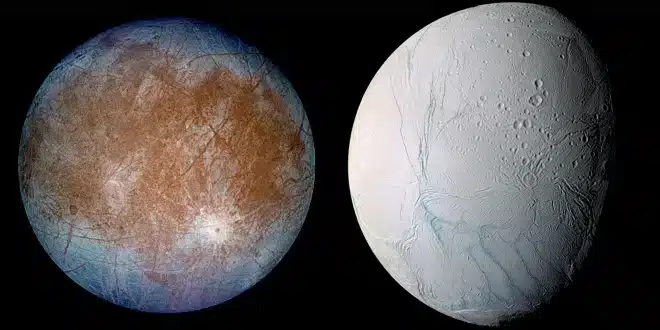Using the James Webb Space Telescope (JWST), scientists have examined the exoplanet GJ 9827 d, located in the constellation Pisces, and discovered that its atmosphere is rich in water vapor. This super-Earth, situated about 98 light-years from Earth, was the subject of an international study led by Canadian researchers.
Key findings about GJ 9827 d’s atmosphere
The study revealed that the planet’s atmosphere contains a high concentration of heavy molecules, including significant amounts of water vapor. This led the researchers to label it as a potential “steam world.”
Earlier in the year, data from the Hubble Space Telescope (HST) allowed IREx researchers to confirm the presence of water in the atmosphere of GJ 9827 d, making it the smallest exoplanet with a confirmed atmosphere. This discovery marks a significant step forward in the search for life beyond our Solar System, as detecting atmospheres around smaller, Earth-like planets has been a long-standing challenge.
Lead author of the study, Piaulet-Ghorayeb, explained that until now, atmospheres have only been detected around giant planets or mini-Neptunes. These larger planets typically have atmospheres dominated by hydrogen, making them more like gas giants than terrestrial planets like Earth, whose atmospheres are composed of heavier elements.
Piaulet-Ghorayeb and her team made their observations using the Near-Infrared Imager and Slitless Spectrograph (NIRISS), a Canadian instrument on the JWST. They employed transmission spectroscopy, analyzing starlight passing through the planet’s atmosphere as it transited its host star, GJ 9827. By combining the JWST data with earlier HST observations, the researchers confirmed that the spectral features observed were indeed caused by the planet’s atmosphere and not contamination from its star.
The findings showed that GJ 9827 d’s atmosphere is distinct due to its composition of heavier molecules and a large amount of water vapor, unlike the hydrogen-rich atmospheres of larger planets. This makes GJ 9827 d unique and potentially more similar to rocky planets with atmospheres dominated by carbon dioxide or nitrogen, elements that are of great interest in the search for life.
Piaulet-Ghorayeb highlighted that this discovery brings us closer to understanding atmospheres on smaller, rocky planets, which could eventually help in the search for extraterrestrial life.


